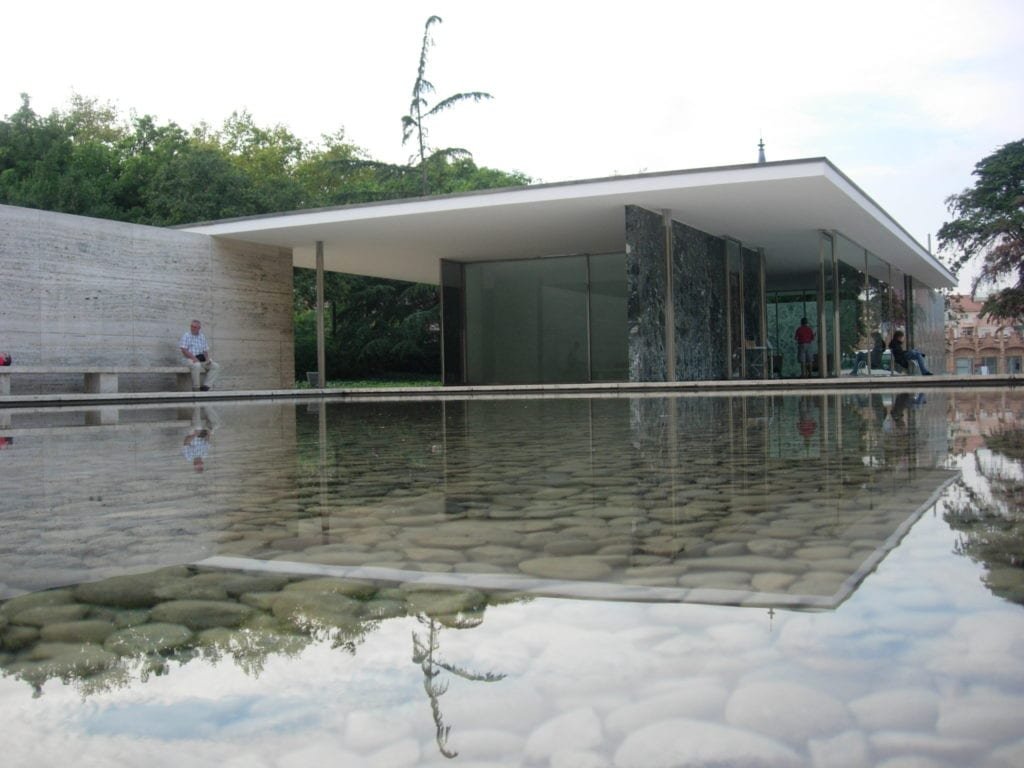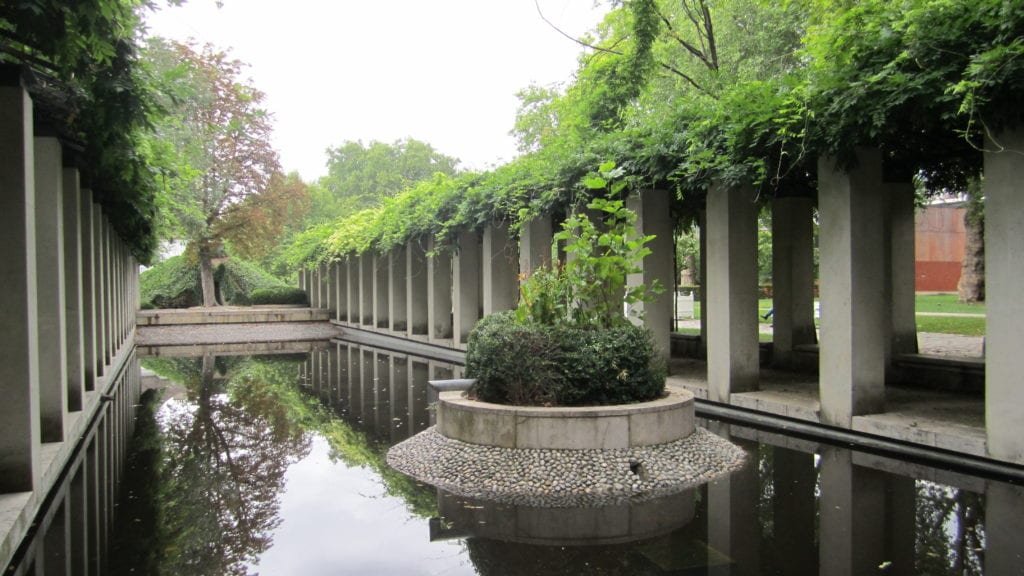A mandir, also known as a temple, is a sacred space that is dedicated to the worship of deities in Hinduism. It is a place where one can connect with the divine and experience a sense of peace and tranquility. A mandir can be found in homes, offices, and even public spaces. In this article, we will explore the various aspects of mandir design, from its history to its contemporary manifestations.
1. Introduction
A mandir is a sacred space that is dedicated to the worship of deities in Hinduism. It is an essential part of Hindu culture, and its design has evolved over time. A mandir is a space where one can connect with the divine and experience inner peace. It is not just a physical structure; it is a representation of one’s devotion to the divine. In this article, we will explore the various aspects of mandir design, from its history to its contemporary manifestations.
2. The History of Mandir Design
The history of mandir design can be traced back to ancient India. The earliest mandirs were simple structures made of mud and thatch. Over time, mandir design evolved, and more sophisticated structures were built. Mandirs became larger, and more intricate designs were introduced. The Chola dynasty, which ruled South India from the 9th to the 13th centuries, is known for its elaborate mandir designs. The mandirs built during this period were characterized by intricate carvings, tall gopurams, and ornate pillars. The mandirs built during the Mughal period, from the 16th to the 19th centuries, were also notable for their architectural splendor.
3. The Significance of a Mandir
A mandir is a sacred space that is dedicated to the worship of deities. It is believed that the divine presence is manifested in the mandir. A mandir is a place where one can connect with the divine and experience inner peace. It is also a place where one can offer prayers and perform religious rituals. A mandir is not just a physical structure; it is a representation of one’s devotion to the divine.
4. Location of the Mandir
The location of the mandir is essential. In Hinduism, it is believed that the northeast corner of a house is the most auspicious place for a mandir. The mandir should face either east or west, as these are considered to be auspicious directions. The mandir should not be placed in the bedroom, bathroom, or kitchen. The mandir should be kept clean and free from clutter.
5. Types of Mandirs
There are several types of mandirs. The simplest type of mandir is a small niche in the wall, where a picture or idol of a deity can be placed. Another type of mandir is a wooden cabinet with doors that can be closed when not in use. Some mandirs are built into the wall and have doors that can be opened and closed. Mandirs can also be freestanding structures that are not attached to the wall.
6. Materials Used in Mandir Design
The materials used in mandir design are significant. Wood, marble, and metal are the most commonly used materials. Wood is a popular choice for traditional mandirs, and it is often carved with intricate designs. Marble is another popular material, especially for larger mandirs. Metal, such as brass and copper, is often used for smaller mandirs and for the idols of the deities.
7. Mandir Design Elements
There are several elements to consider when designing a mandir. The design should be in harmony with the surrounding space and should reflect the personality and beliefs of the owner. Some of the essential design elements include:
- The shape of the mandir
- The placement of the idols
- The color scheme
- The design of the doors and windows
- The type of lighting
8. Lighting in a Mandir
Lighting is an essential element of mandir design. The lighting should be soft and gentle, and it should not be too bright. A combination of natural light and artificial light can be used to create a warm and welcoming atmosphere. Lamps and candles are often used in mandirs to create a peaceful ambiance.
9. Maintenance of a Mandir
Proper maintenance of a mandir is essential to keep it clean and in good condition. The mandir should be dusted regularly, and the idols should be cleaned with a soft cloth. Flowers and incense should be changed regularly. It is also important to keep the mandir free from clutter and to ensure that it is not damaged in any way.
10. Contemporary Mandir Design
Contemporary mandir design has evolved to incorporate modern materials and designs. Mandirs can now be found in a variety of styles, from traditional to modern. The use of glass and metal has become more prevalent, and contemporary mandirs often feature clean lines and minimalist designs. Some contemporary mandirs are designed to be multifunctional and can be used as a bookshelf or storage unit when not in use.
11. Conclusion
A mandir is a sacred space that is an essential part of Hindu culture. Its design has evolved over time, from simple mud structures to elaborate temples. When designing a mandir, it is essential to consider the location, materials, and design elements. Proper maintenance is also crucial to keep the mandir clean and in good condition. Contemporary mandir design has evolved to incorporate modern materials and designs, while still retaining its spiritual significance.
12. FAQs
Can a mandir be placed in any room of the house?
A: No, a mandir should not be placed in the bedroom, bathroom, or kitchen. The northeast corner of the house is the most auspicious location for a mandir.
What materials are used in mandir design?
A: Wood, marble, and metal are the most commonly used materials in mandir design.
Can a mandir be designed in a contemporary style?
A: Yes, contemporary mandir design has evolved to incorporate modern materials and designs.
How often should a mandir be cleaned?
A: The mandir should be dusted regularly, and the idols should be cleaned with a soft cloth. Flowers and incense should be changed regularly.
What is the significance of a mandir?
A: A mandir is a sacred space that is dedicated to the worship of deities. It is a place where one can connect with the divine and experience inner peace.

As an architecture and interior designer, I am passionate about creating spaces that inspire and delight those who inhabit them. With over a decade of experience in the industry, I have honed my skills in both the technical aspects of design and the art of crafting beautiful, functional spaces.
After earning my degree in architecture, I began my career working for a prestigious firm where I was exposed to a wide range of projects, from commercial buildings to high-end residential properties. During this time, I developed a keen eye for detail and a deep appreciation for the importance of form and function in design.
In recent years, I have struck out on my own, founding my own design studio where I have been able to further explore my passion for interior design. I believe that a well-designed space can transform the way people live and work, and I take pride in working closely with clients to understand their needs and create spaces that exceed their expectations.
Throughout my career, I have been recognized for my innovative and creative approach to design, and have been honored with a number of awards and accolades. When I’m not working on design projects, you can find me exploring the outdoors or seeking inspiration in the world around me.


